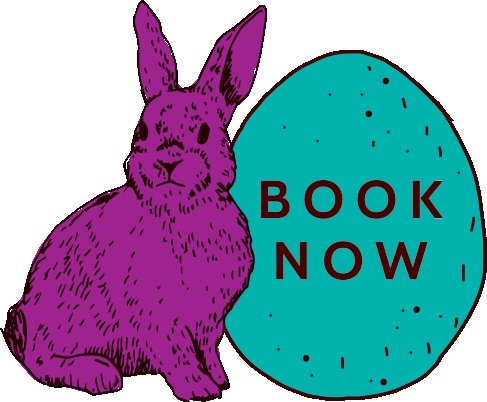Chocolate and Christmas are synonymous, and many of us would be lost without our Terry’s Chocolate Orange first thing morning on December 25th (no judgment, it’s Christmas!). But that isn’t all for our festive obsessions; advent calendars, Santa Selection, Celebration Boxes, and After eights all bring back memories of childhood treats. It just wouldn’t be Christmas without some lovely chocolate!
Why is chocolate so important in our Christmas experience?

The Origins of Chocolate
Chocolate has always been used to celebrate and mark special occasions. The Olmecs, Mayans and Aztecs, the first people to create chocolate, in the form of Xocolatl. They used it in various ceremonies, marking marriages, celebrating births, and even as part of the Aztec’s human sacrifice rituals. The significance wasn’t lost on the European invaders, who took it back to Europe as high-status gifts.
We explore the early story of chocolate in Yorks’s Chocolate Story tour, and we also have lots of lovely treats and samples for you to try as well.
Chocolate grew in popularity in Europe and the Middle East, and giving chocolate as gifts became a way of showing your wealth and sophistication. One of the first recorded high-profile giving of chocolate gifts is none other than Queen Victoria, who gave chocolate as gifts to soldiers. This quickly became a new fashion and all across Europe giving chocolate at Christmas became all the rage.

Chocolate Christmas gifts
At first chocolate Christmas gifts were very expensive and might be the only gift a person would receive. Similar to Charlie and the Chocolate Factory! As it became more commonplace, classic Christmas gifts were developed early on in York, with well-known treats like Terry’s Chocolate Orange, After Eights, and KitKats all being first made in York, and started making their way into Christmas stockings soon after.
Other holiday traditions not initially associated with chocolate also took on a chocolatey twist. Chocolate Yule logs are started as real logs placed on the roaring fire. Hanukah traditions also started incorporating chocolate gift-giving for children.
As early as the 1930’s chocolatiers started especially catering for Christmas gifts, with special wrapping and even flavours! York’s chocolatiers were pioneers in this, with many of their seasonal gifts becoming specially tailored to appeal to gift-givers.
Today there is plenty of competition for chocolaty treats at Christmas. York’s finest festive fare is still some of the best-known threats around though. If you are in York, or looking for a holiday excursion, York’s Chocolate Story not only tells the history of how chocolate becomes our most popular gift but also has several Christmas-themed workshops, from festive truffle rolling to making festive treats with Santa Himself!




















































